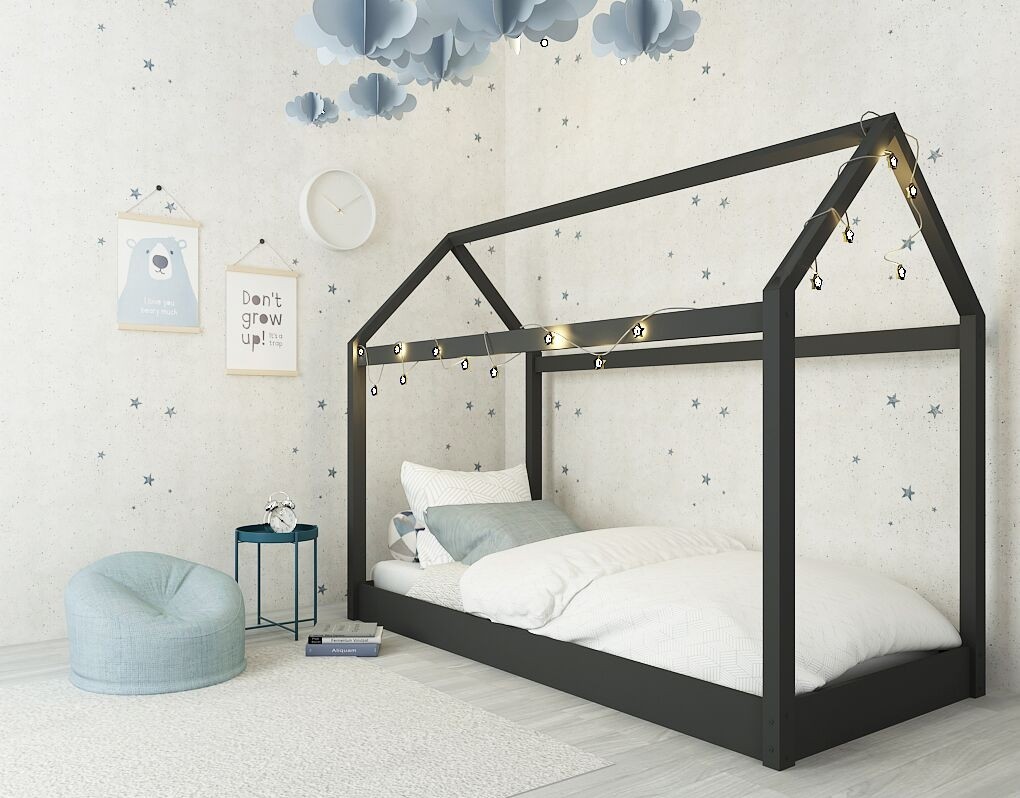
The Importance of Quality Sleep
Research has consistently highlighted the significance of good sleep for children. Beyond aiding concentration and performance in the classroom, adequate sleep has been linked to a lower risk of obesity and related health issues later in life. As parents, creating the right bedroom environment for your child is an investment in their overall well-being.
Top Tips for Designing the Perfect Bedroom
1. Embrace the Darkness
One of the most effective ways to enhance the quality of your child’s sleep is to create a dark bedroom. Invest in blackout blinds and curtains to block out external light, especially if your child is an early riser. For those who fear complete darkness, opt for a nightlight designed for bedrooms. Avoid bright lights, such as bedside lamps, as they can disrupt the body’s natural rhythms that trigger sleep. Remember, melatonin, the sleep hormone, increases in the dark.
2. Zoning for Focus
Separate sleep from play and study by creating distinct zones within the bedroom. This not only helps define the purpose of each area but also ensures that the bed is exclusively associated with bedtime rather than a place for play. Zoning contributes to a more structured and organized environment, promoting a conducive atmosphere for sleep.
3. Declutter and Conceal
An organized space is essential for promoting relaxation and tranquility. Limit the number of toys in the bedroom and utilize clever storage solutions to conceal clutter. A messy and chaotic room can negatively impact sleep, so encourage your child to put away toys as part of their bedtime routine. Consider banning computers, gaming devices, and TVs from the bedroom or, at the very least, restrict their use in the hour leading up to bedtime. There are lots of cabin beds and high sleepers on the market that do a terrific job of packing away your child’s belongings.
4. Calming Colors
Involve your child in the decoration process to ensure their bedroom is a place where they feel comfortable and happy. While it’s tempting to let them choose bold and vibrant colors, steer them towards more calming and muted shades. Blues and greens, for example, create a soothing atmosphere conducive to relaxation, setting the stage for a restful night’s sleep.
5. Invest in Quality Bedding
Parents often spare no expense when it comes to fashionable school shoes but may overlook the importance of a good bed. Your child’s bed should provide adequate support for growing bones and muscles, maintaining the spine in correct alignment. Avoid second-hand or hand-me-down mattresses, as they may not offer the necessary support and comfort your child needs for quality sleep.
In conclusion, designing the perfect bedroom for your child involves creating a serene and functional space that promotes relaxation and quality sleep. By implementing these five tips—embracing darkness, zoning for focus, decluttering, choosing calming colors, and investing in quality bedding—you can ensure that your child’s bedroom becomes a haven for rest and rejuvenation, setting the stage for a successful school year ahead. Remember, a well-rested child is a happy and thriving child.